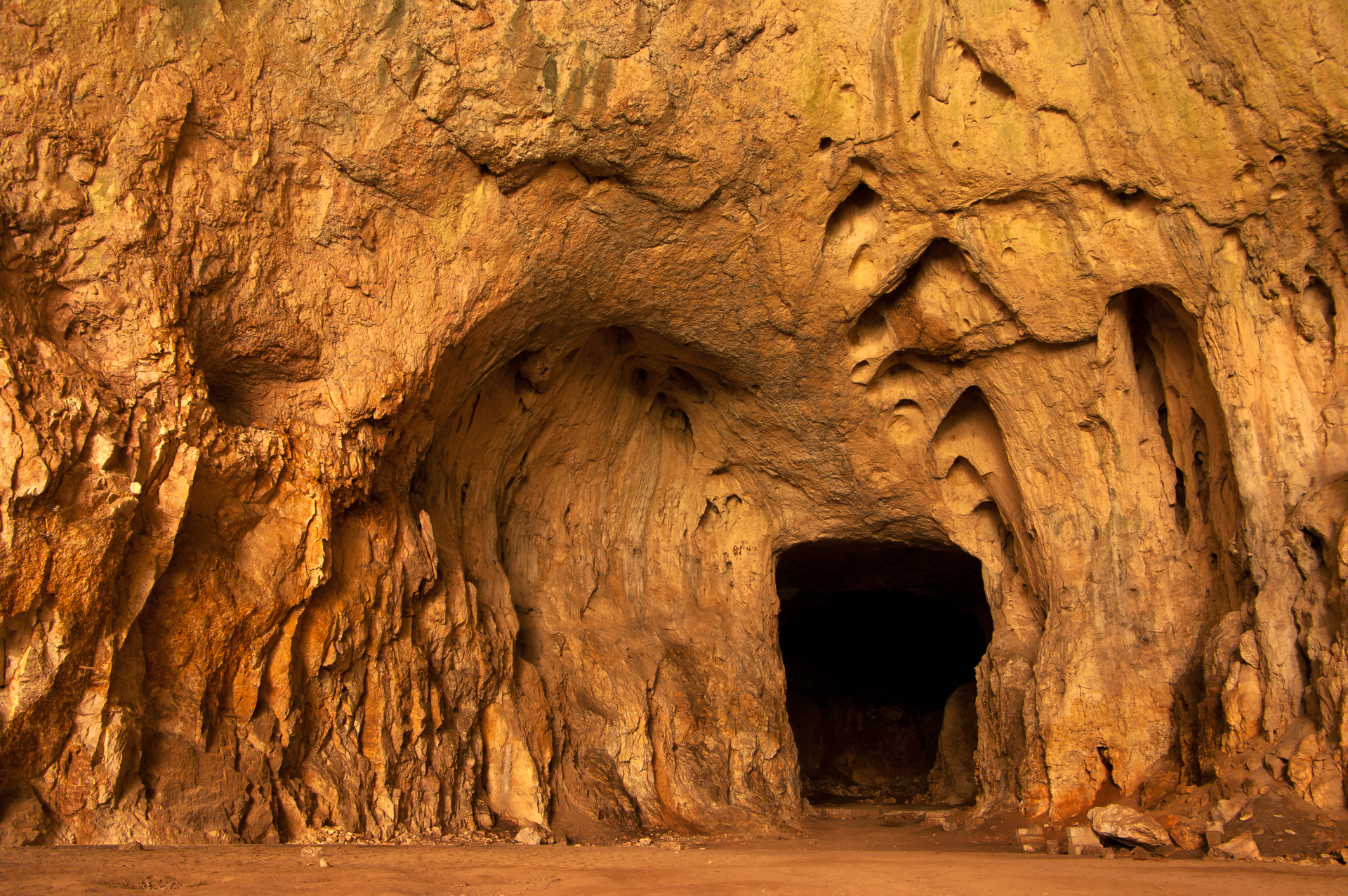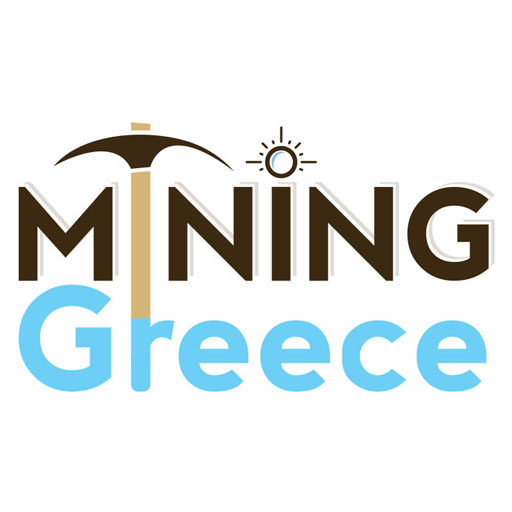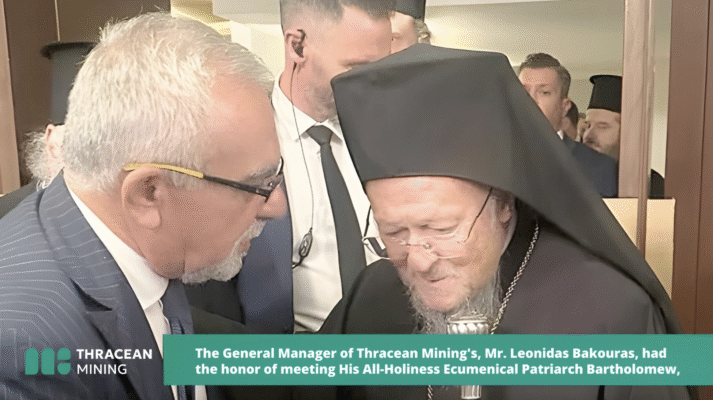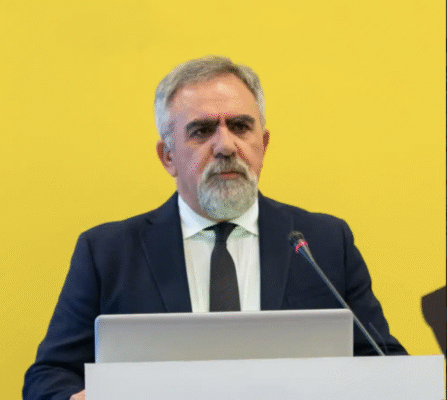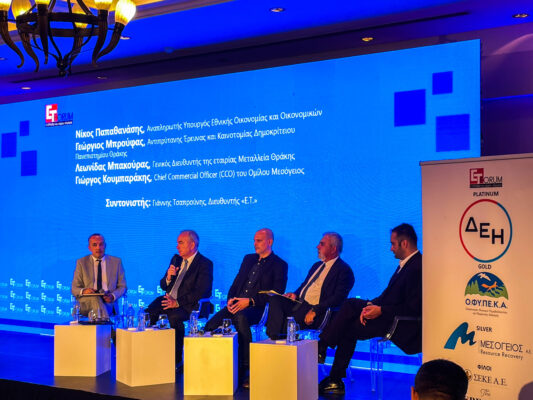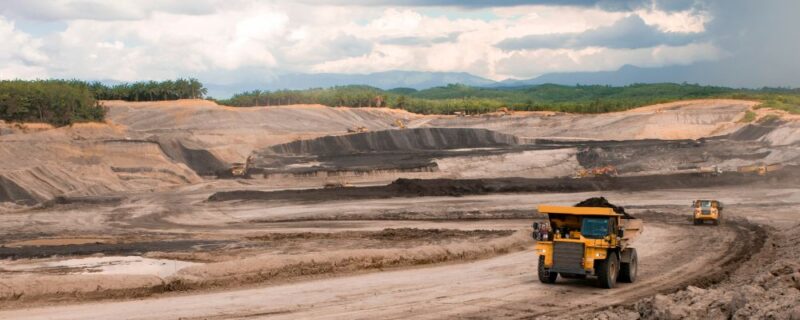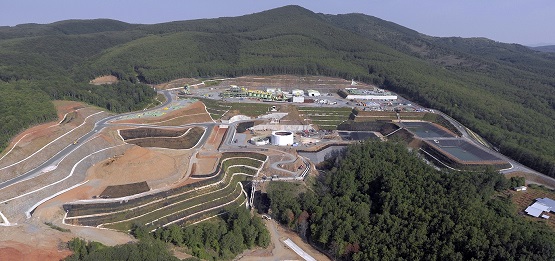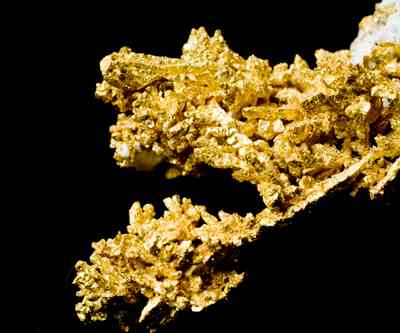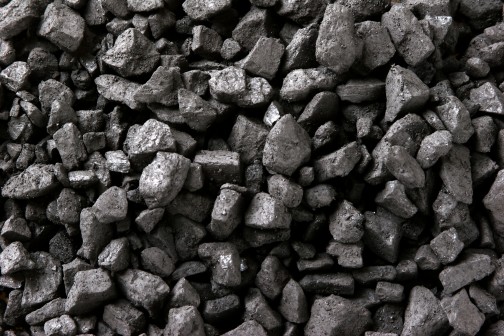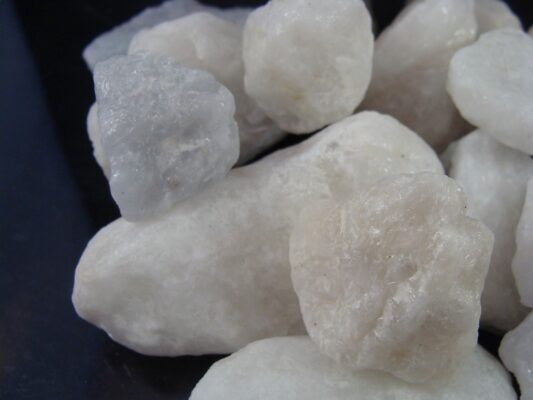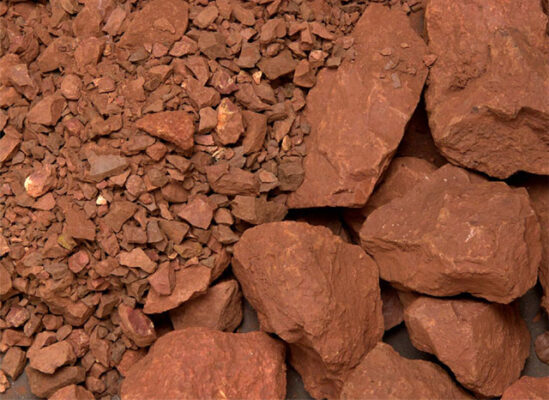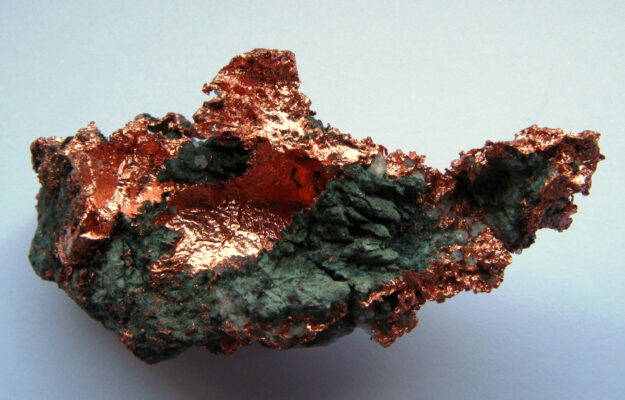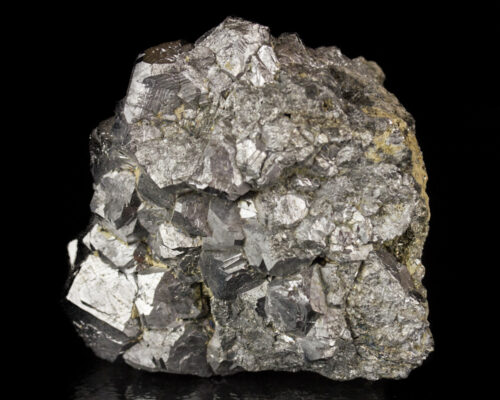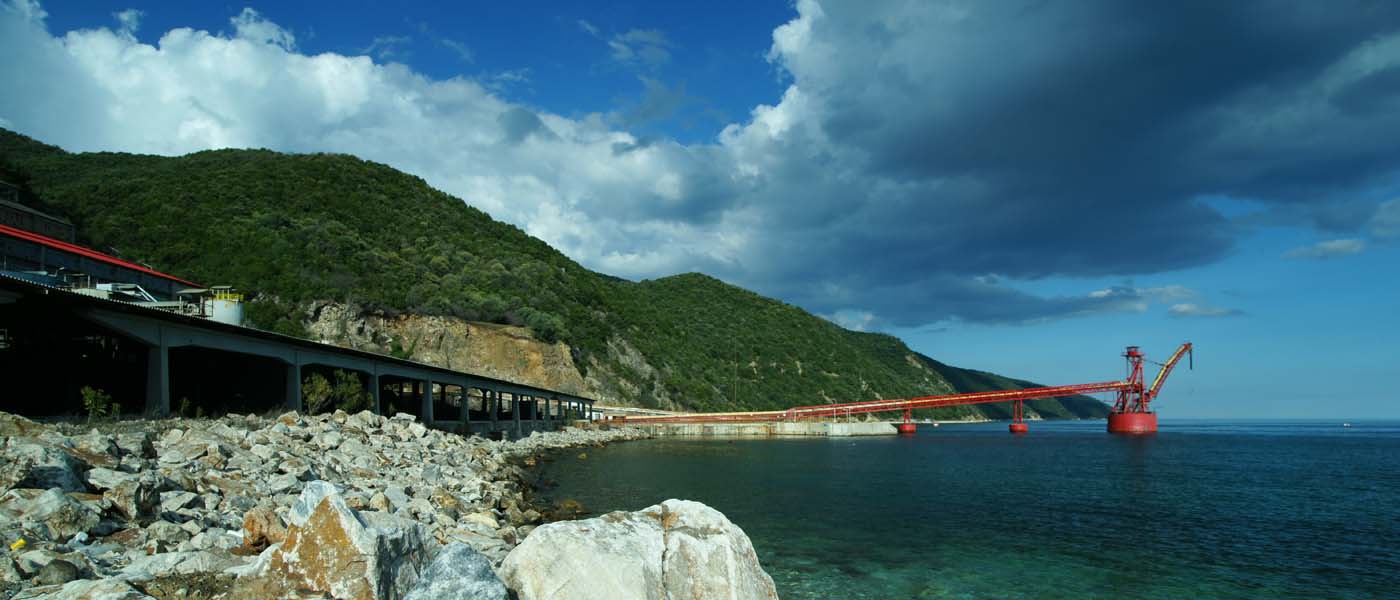The northeastern side of Halkidiki has a long history which is mostly marked by the involvement of the inhabitants in the mining activity. More than 300 wells and approximately 200,000 square meters of ancient metallurgical waste are preserved in the area, commonly known as “skouria” (rust) from the overheating of minerals in furnaces that prove this fact.

METAL IS A GREEK WORD
A website dedicated to the mining activity in Greece, the old and modern mines, their history and the people who work in them
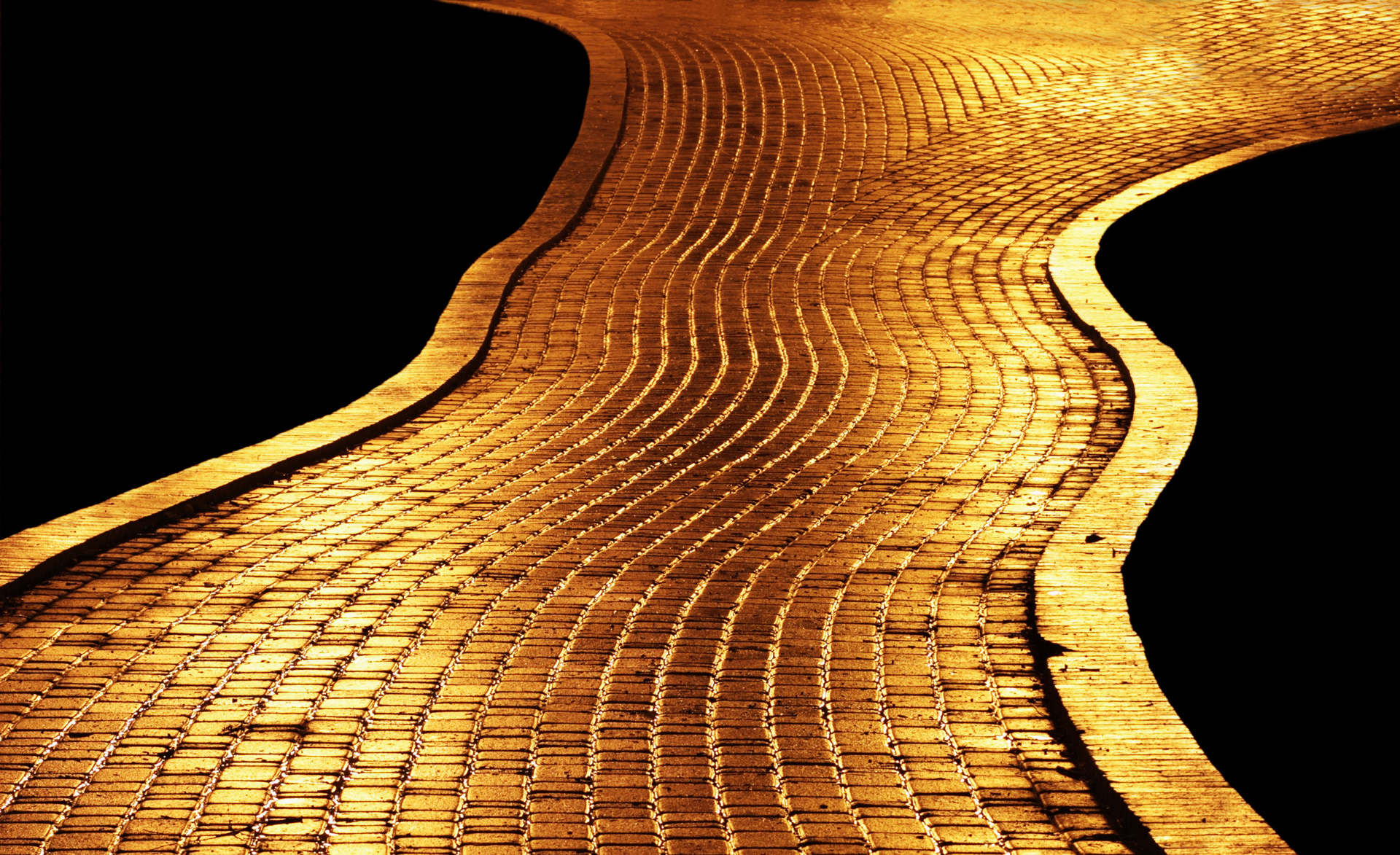
the mineral wealth
The mineral wealth should be exploited with respect to people, the environment and always in the best interest of the employees and the people who live in the country.
